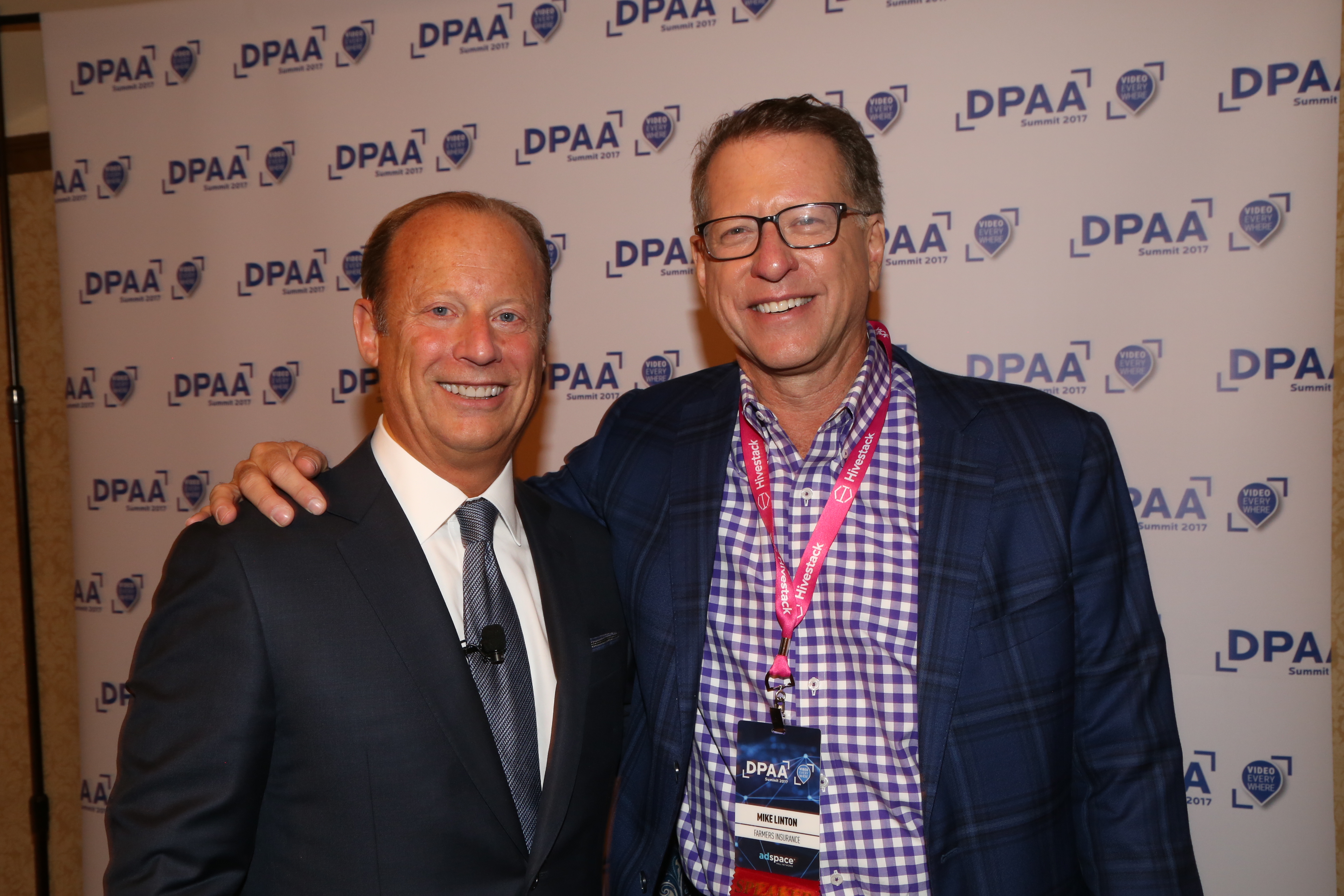Top Takeaways from DPAA’s Video Everywhere Summit

The out-of-home advertising business, now incorporating a variety of media from billboards and TV hookups inside restaurants and bars to digital airport and mall signage, is on track to earn $10.6 billion in revenues this year, according to a recent Jack Myers TomorrowToday. That research suggests this marketplace will cross $11 billion in revenues next year and $12 billion by the turn of the decade.
How can a community of digital place-based organizations expand this wide revenue stream? How can it meet or exceed future estimates while gaining a bigger share of this pie? More than 800 marketers, agency representatives, researchers and vendors attended last week’s Video Everywhere Summit at New York City’s Roosevelt Hotel for guidance, and in session after session, received it in the form of best practices outlined by executives from top advertisers and ad agencies.
“We need to connect the bullet points from other businesses, not just their algorithms,” remarked Barry Frey, Chief Executive Officer of the association for digital out-of-home marketers, DPAA. “The game is to sell products and services and move this economy. We must use (these ideas) to connect brands and screens to useful data. This is an industry making progress, taking us in a great and important direction … as a safe home for brands.”
MicrosoftCorporate Vice President of Brand, Advertising and Research Kathleen Hall said digital out-of-home represents a wonderful opportunity to offer relevant advertising to consumers at any time. She urged attendees to attract clients willing to showcase uncompromised, clear principles in their messages, such as bringing people together to celebrate the best elements of life or work together to solve issues. Clearly, that’s a process not easy to consistently execute, given the nature of liberal and conservative media, often at opposite poles of thought, and immediate response by social media to various events, Hall acknowledged.
“No trees fall in the woods anymore,” she said. “They fall in public now. Our approach goes like this: We don’t engage in public debate about our messages. The messages (themselves) have clear guidance and are true to our values. We support the audience’s choice to watch our messages or not. Nobody has to watch anything. And we’re about inclusion across the board. When the world gets divided, (offering images of) people coming together can be a beautiful thing.”
At Farmers Insurance, the object of their popular commercials featuring Oscar®-winning actor J.K. Simmons in humorous recreations of actual, but offbeat, claim incidents, is to increase value by having viewers become smarter about the insurance process, said Farmers Enterprise Chief Marketing Officer Mike Linton (pictured above with Frey). That’s the internal strategy, as well. In between clips from their current campaign by RPA, Linton ticked off a list of best practices which digital out-of-home purveyors can use to either shape up their internal organization or position themselves as a potent advertising force to win over clients. Among them: gather and use as much marketplace data as possible to build your reputation, throw out practices that result in faulty data accumulation, emphasize actions and strategies that do the most good for both consumers and the company you want business from, and share the best data you get as fast and among a broad range of advertiser possibilities as you can.
One more thing: Bring the client’s ad agency and your organization’s information technology department into the situation. “They are part of your picture,” Linton asserted. “You want them to be up to speed.”
Keep consumers in front of your efforts to land new digital out-of-home business, added Leo Burnett Chief Executive Officer Andrew Swinand. Through 3.5 billion online searches a day, people showcase what they desire out of life. However, “people are being overwhelmed by advertising to the point they want to skip it,” because an overwhelming number of commercials miss the point far too often, Swinand said. “Brands don’t listen … they want messages that meet their needs, or bold ideas that lead to solving problems or inspiring prosperity.”
Swinand used a recent campaign to illustrate his belief in the power of this advertising pathway. When Procter & Gamble’s Pantene line of hair care products organized its multi-dimensional “Haircast” campaign, the focus was on advising women how to endure tough weather conditions with their hairstyle intact. The Weather Channel was recruited to create “bad hair day” forecasts for both Pantene TV commercials and a separate mobile app. The spots and app recommended specific Pantene products appropriate to the certain weather conditions. Google and Walgreens supported the campaign through online ads and in-store displays, respectively. “Haircast” scored with viewers, resulting in a notable sales jump.
“We live in an age where we can solve problems like never before at the point of purchase,” Swinand declared. “Let’s use technology as an enabler of solutions. Let’s understand what’s important in people’s lives and use (these campaigns) to inform and supply creative solutions that lead to transformative business results.”
T-Mobile, a veteran enterprise when it comes to digital out-of-home campaigns, knows well what can get accomplished in this medium. Five years ago, according to Brand Communications Senior Vice President Peter DeLuca, the company was losing one million customers a year. Constant out-of-home initiatives have turned the situation around: In its latest quarterly reporting period, more than one million people became T-Mobile users. That’s in addition to the base of 40 million customers T-Mobile has attracted since 2012. The digital out-of-home effort stressed an “undo” mantra, as in dropping annual contracts and other practices customers hated, coupled with the institution of unlimited data plans and other features. Colorful in-store displays and outdoor video screens around the country trumpeted the policy changes 24/7. “We had to bring the brand back to life,” DeLuca said. “Plus, we leveraged out-of-home with retail, social media, online and TV advertising.”
DeLuca invited advertiser representatives in attendance to whip up “super-dynamic” campaigns with out-of-home an essential element. “You get so much more social love when you do,” he beamed.
Exhibitors outside the mezzanine-level auditorium showcased their wares throughout the conference. Most focused on out-of-home data analytics or campaign promotion. One rare content player on hand -- and a first-time DPAA exhibitor -- was ChiveTV, distributing a mix of user-generated and original vignettes directed at adult males. ChiveTV operates among more than 5,000 bars and restaurants nationwide, distributing their content to TV sets in those establishments equipped with Roku streaming sticks. The service offers eight 30-second spots per hour, with at least one spot per hour reserved for local sale.
Click the social buttons above or below to share this content with your friends and colleagues.
The opinions and points of view expressed in this content are exclusively the views of the author and/or subject(s) and do not necessarily represent the views of MediaVillage.com/MyersBizNet, Inc. management or associated writers.


